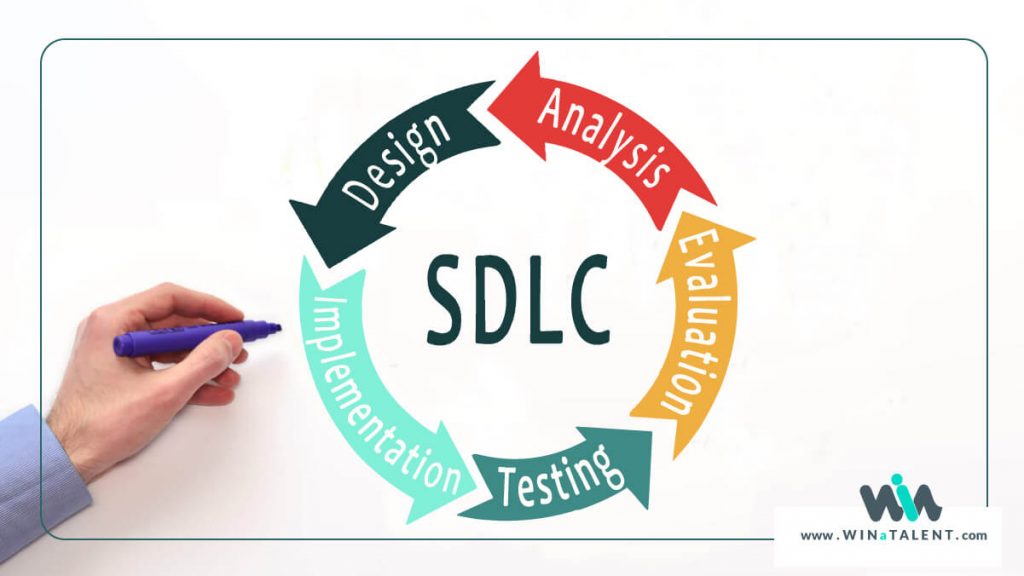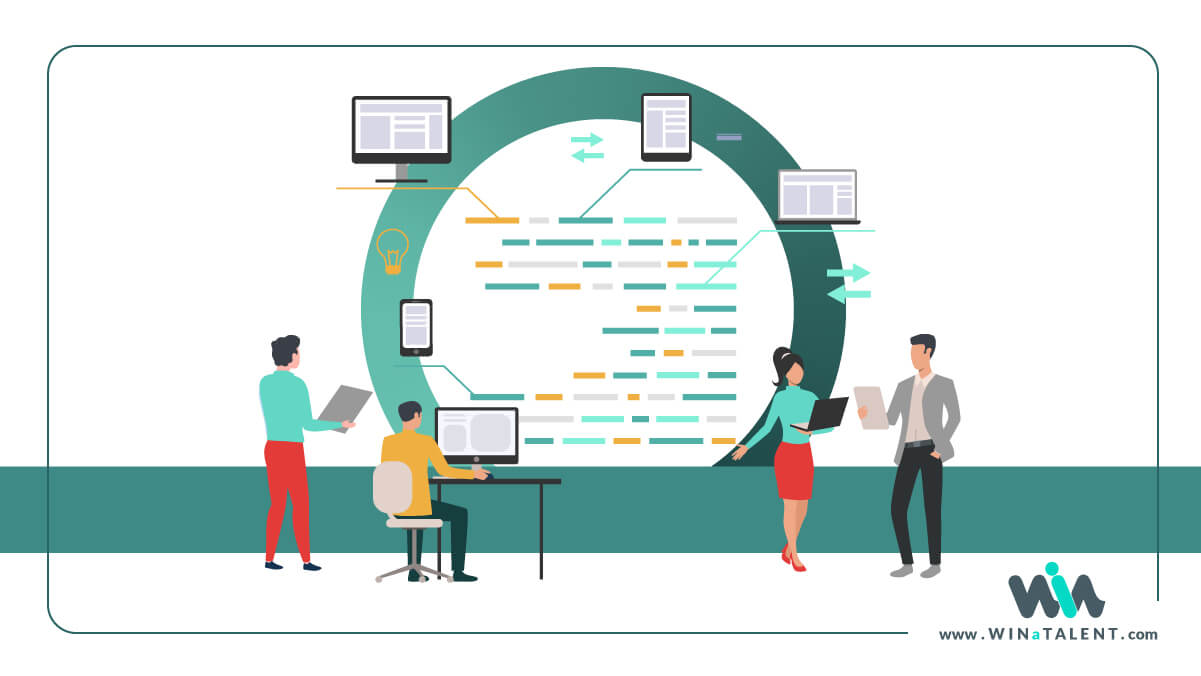With so many applications in the market, the development team and the stakeholders need to develop an update and support management plan. With Application Lifecycle Management, or ALM, the developed application has a better opportunity to stay in the competitive industry of applications.
Why Do You Need to Use Application Lifecycle Management?
ALM improves communication between every other department of development with the development team. Also, with the help of ALM, implementing different methodologies such as Agile, Waterfall or RAD is easily manageable. With ALM, you can handle the requirements, changes, and flexibility at the same time.
ALM is Not SDLC: Application Lifecycle Management is not the same as Software Development Life Cycle. Because in ALM, you need to include all of the application’s lifetime, but SDLC is only focused on the development process. Therefore, SDLC is only considered as a part of ALM.
What Is Application Lifecycle Management?
According to Red Hat, “Application Lifecycle Management, or ALM, is people, tools, and the process that manage the life cycle of an application from conception to the end of life.” AML starts with the requirements to build an application and continues to the maintenance stages.
The end of the life cycle is when the application stops being used and is replaced with another application. The force behind the application lifecycle is the requirements extracted from the business needs of the stakeholders.
ALM Is divided into four main parts:
- Administration
- Development
- Operation
- Maintenance
Application Administration:
ALM starts with administration. In this stage, you need to define the requirements and do the design. In other words, you plan and create the app you want.
These are two kinds of requirements: the general requirements, such as business requirements, mobile app objectives, and user journey. And the precise requirements, such as product and technical specification.
You can follow a tree structure. Imagine the tree trunk as the general requirements, and each branch would be precise requirements.
If you are following Agile for your app development, this stage is a bit different. In Agile, you don’t use a hierarchical structure to rank and specify the requirements. Rather, you need to find the general requirements and differentiate them from the precise requirements.
In this section the task for the administration team include:
- Pinpointing the foremost stakeholders
- Assuring a single point of liability for the project
- Decision on the project owner
- Finding the executive departments
- Formatting their ideas
- Building a BRS that represent the business requirements
- To help the development team, they need to set up conditions and customer inquiries
- Finding a preferable development approaches and managing the project
- Marketing the advantages
- Stopping the application when needed
Application Development:
This section is software development life cycle or SDLC. This is the stage you actually make your application and bring it to life. Depending on the methodology you use and the application administration, the development stage can vary, but the SDLC cycle remains the same.

The development team has the following responsibilities:
- Based on the market and user needs, they need to design an application
- the team is responsible for finding the software architecture
- Application coding process
- Handling the required changes
- Administering version control
- Maintaining configurations
- Testing and QA
- Managing various builds
- Running the official release and supporting the final application
Application Operations:
The application starts after its release. In this stage, the maintenance team needs to investigate the potential bugs and set a strategic way to fix them. The maintenance team also is responsible for the management of update releases and monitoring the app performances. This stage needs to happen all through the application lifecycle.
The application operation and maintenance team need to do the following:
- Customer support
- Reporting on the problems that might come up
- Monitoring the performance of the application
- Security monitoring of the application
Application Maintenance and Improvement:
Maintenance is the longest part of Application Lifecycle Management. In this stage, the support and maintenance teams are involved to solve the problems that might come up.
The support and maintenance team needs to discover and fix the bugs and systematically review the application performance. The support and maintenance teams are responsible for finding out when the application lifecycle is ending or if the application needs to be retired or a new version can replace the application.
What Are ALM Tools?
For Application Lifecycle Management, there are certain tools you can use. According to your budget and application size you can choose one of the tools we mention in the table below:
| ALM Tool | Pros | Cons |
| IBM Rational | . Tracking the assignments . Good for integrated diverse processes . Legacy software support | . Expensive . Not good for small companies or new companies |
| HP Application Lifecycle Management | . Helps with release & cycle planning . Helps with requirements management . Has a mobile version | . Administration functions can be better |
| Microsoft’s ALM Suite with Visual Studio | . Reasonable cost for new companies . United database . Supports variety of development platforms | . The product owners don’t get a licensing model . Not very good with requirement management |
With Application Lifecycle Management you can have a better app development and maintenance journey. You can meet both the business requirements and the market requirements, and step up your user experience.
WINaTALENT helps you find the professional development and maintenance team.
We help you plan strategies, and we commit to make your maintenance journey a headache-free one.
